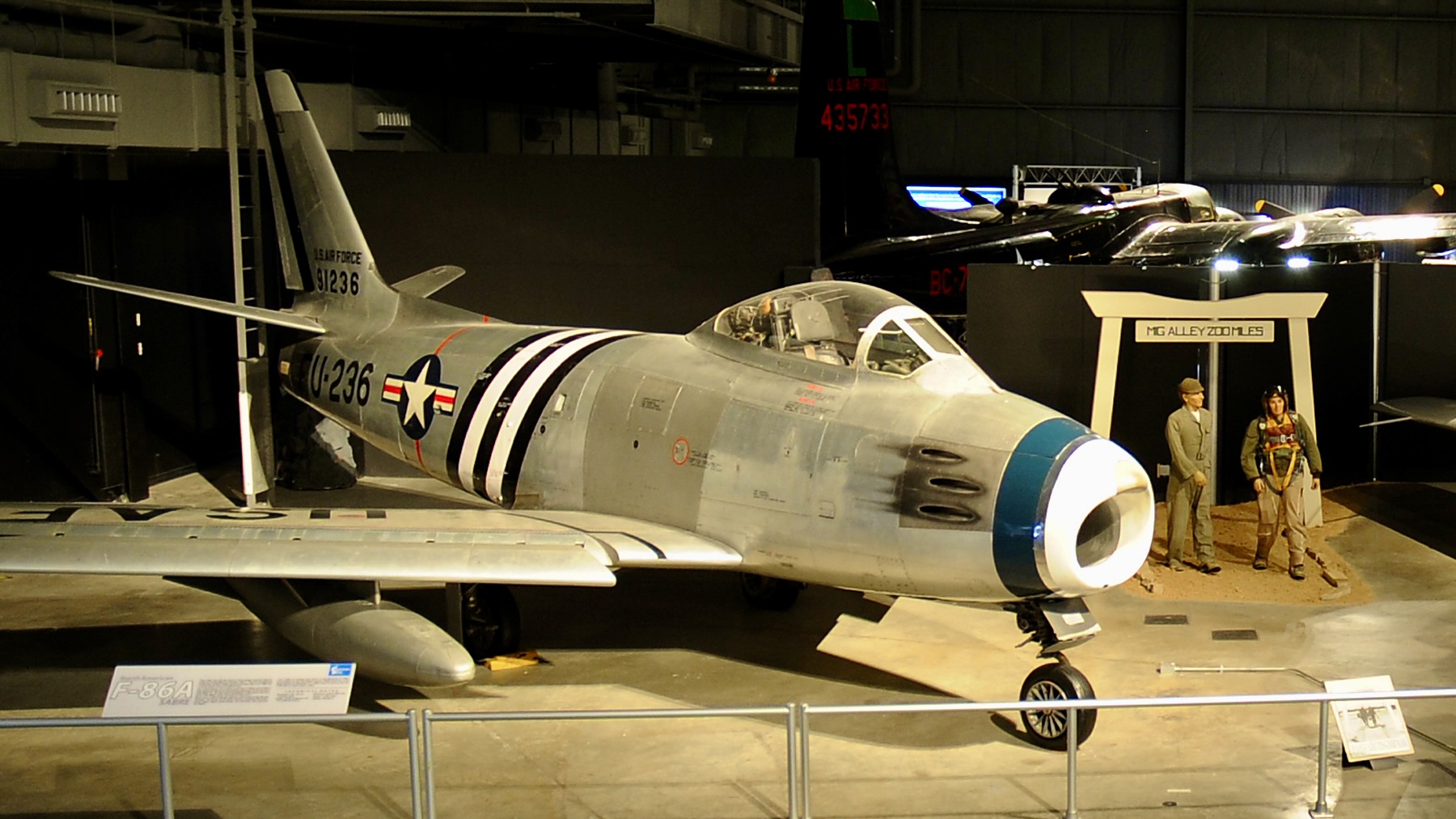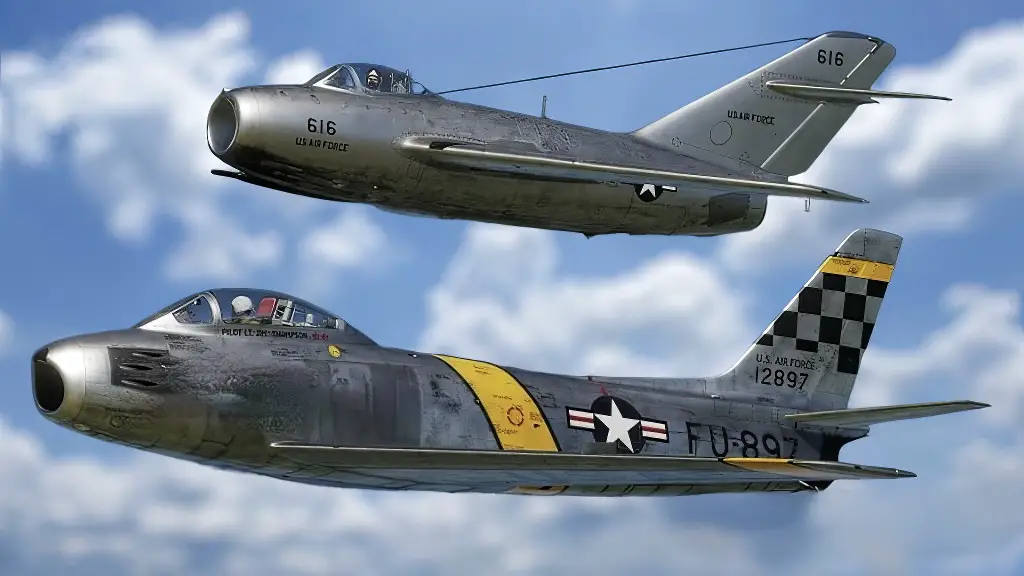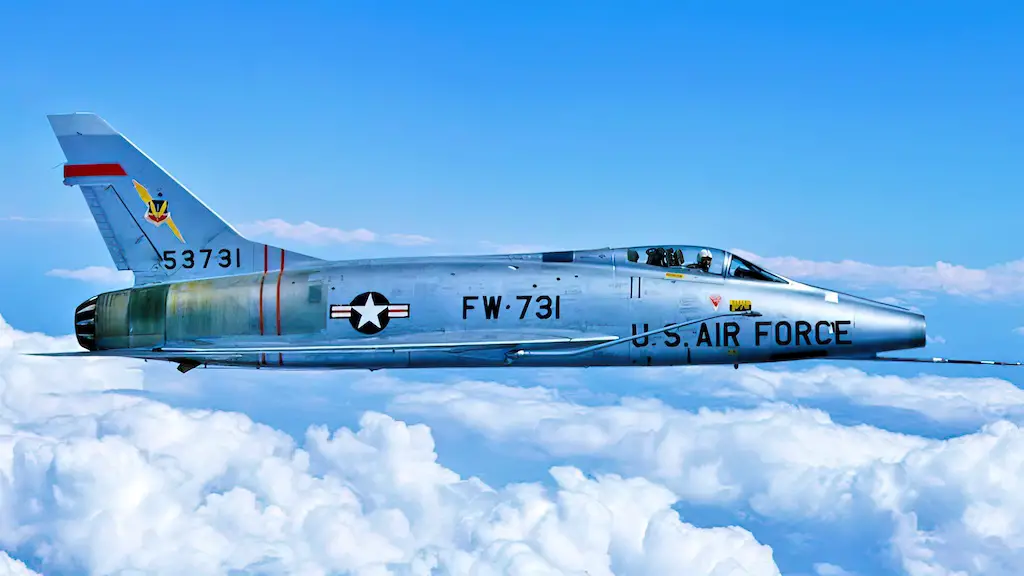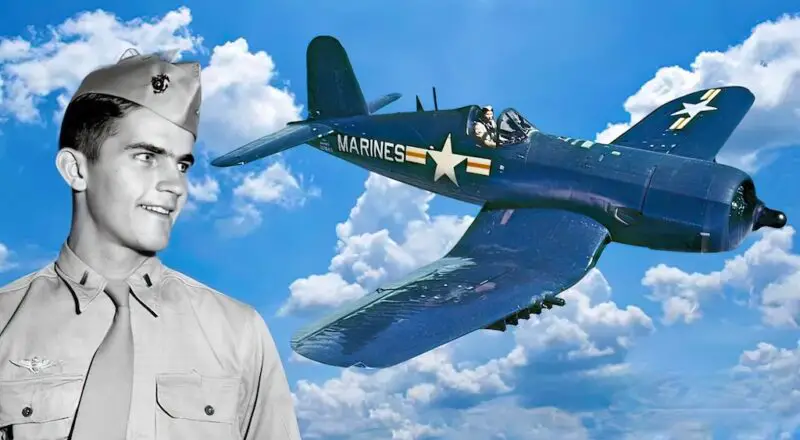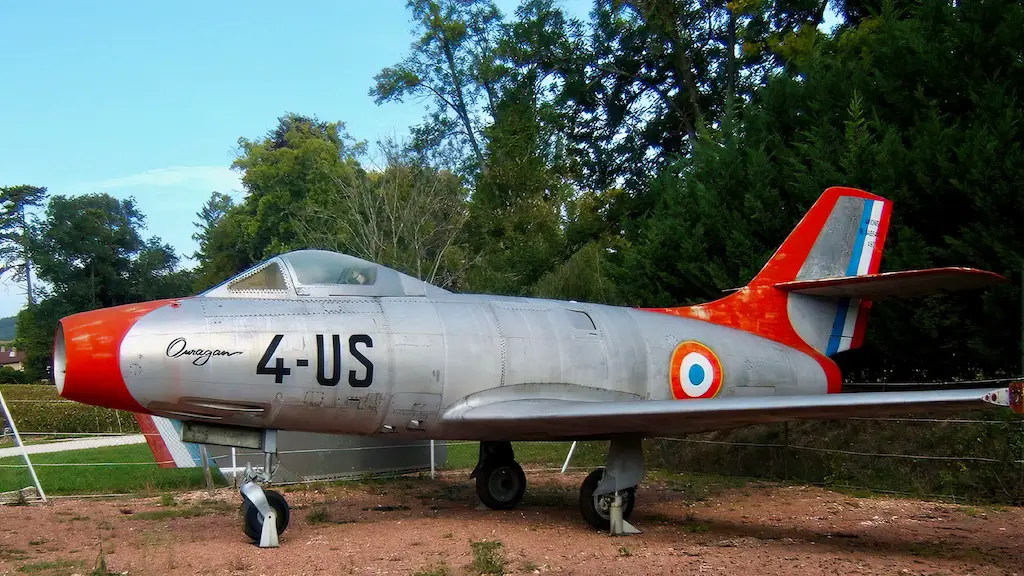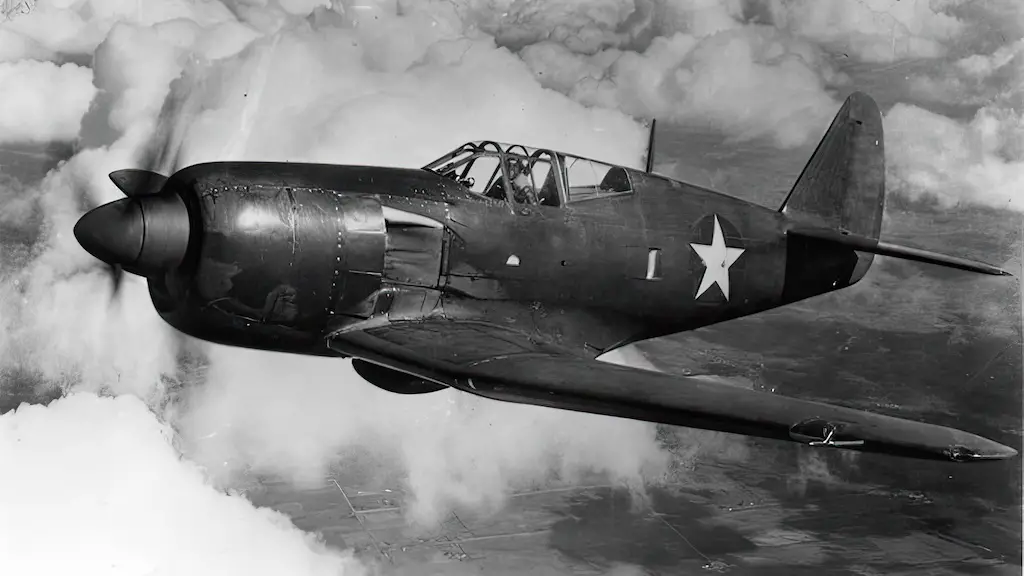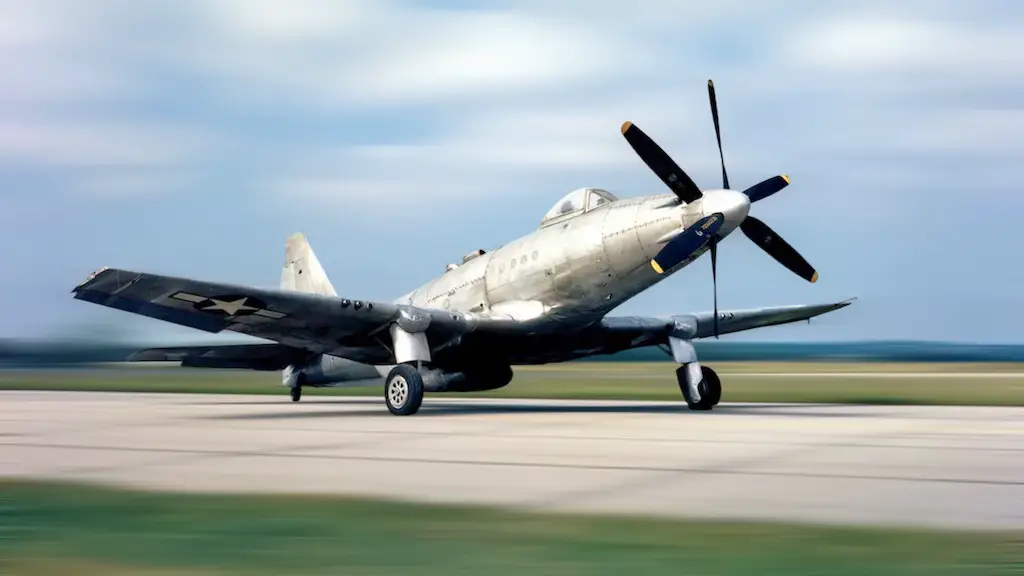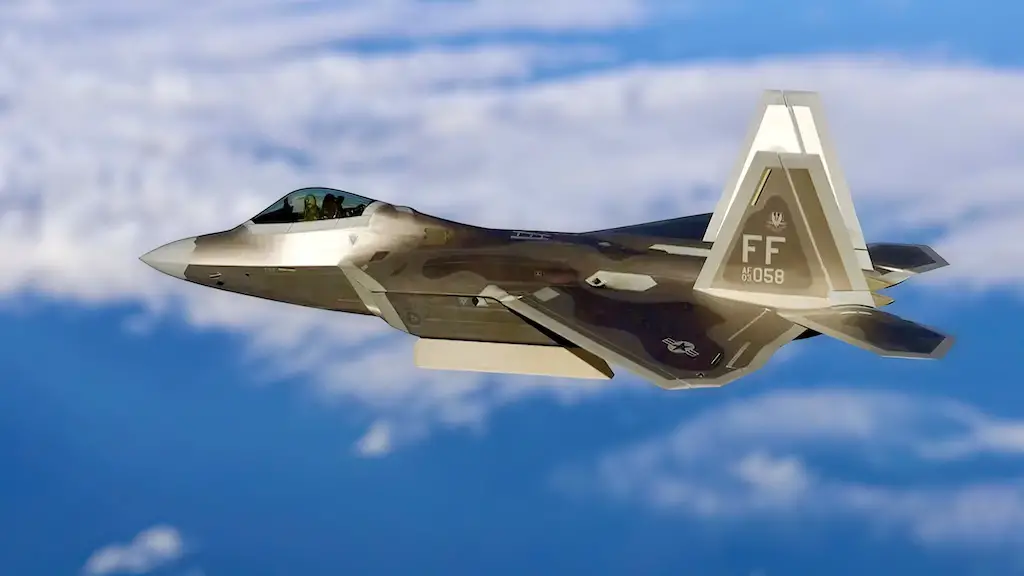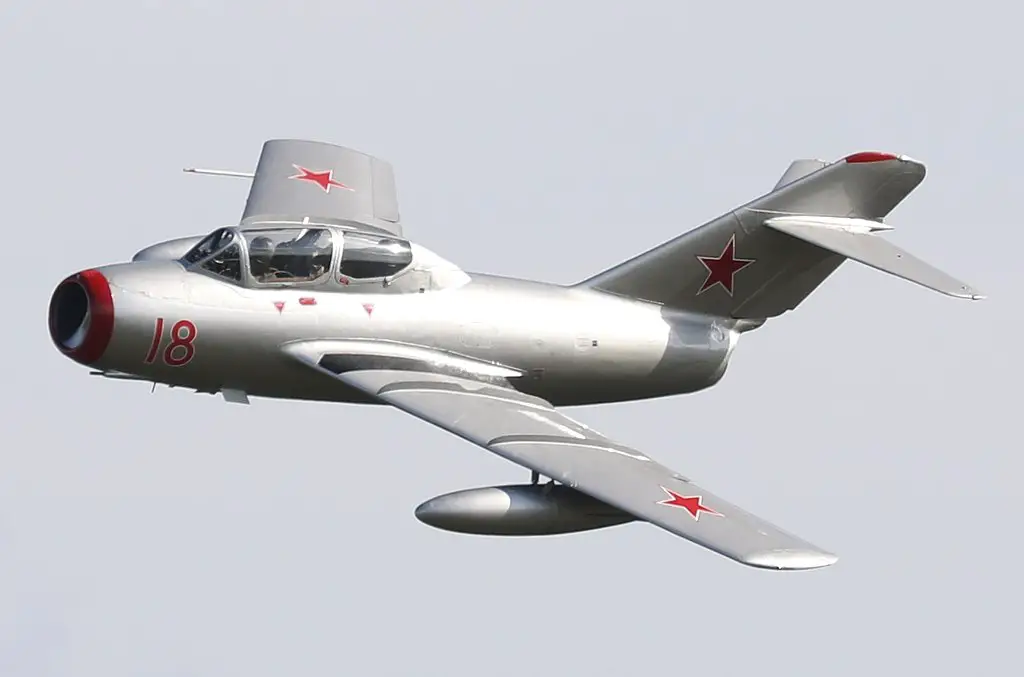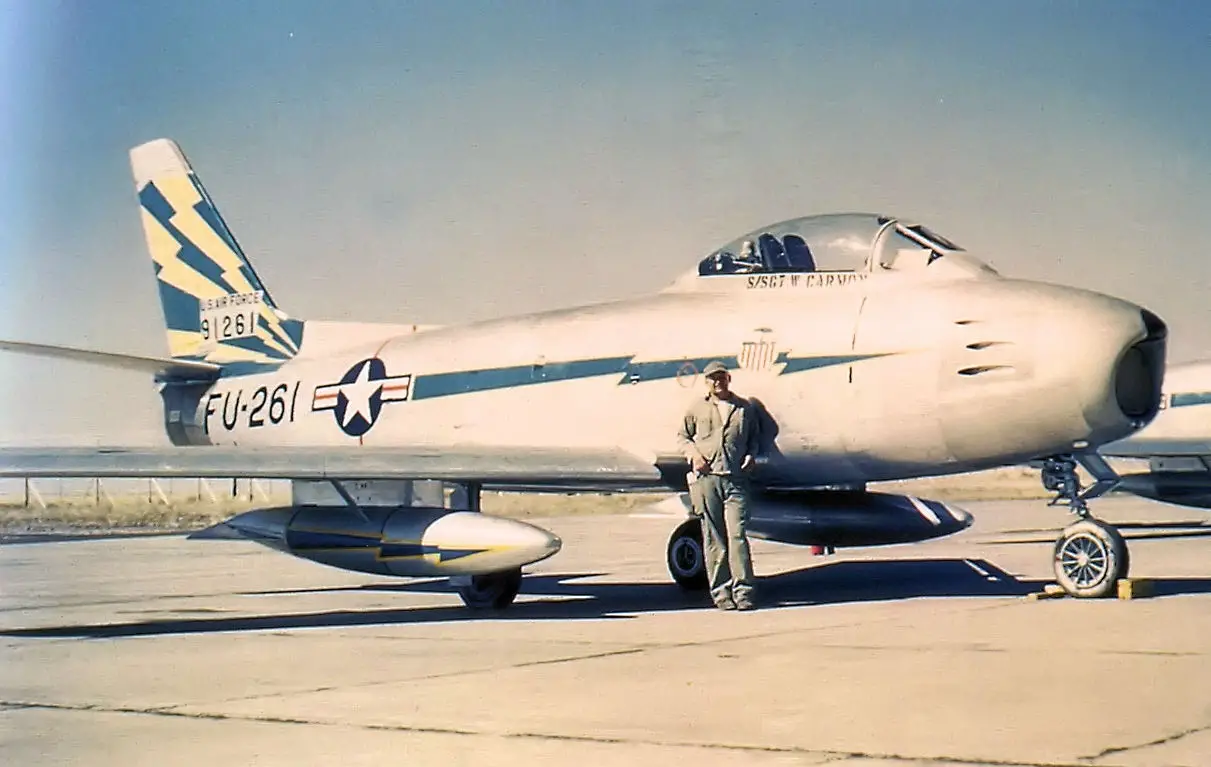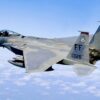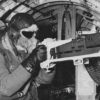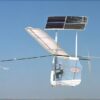Veterans vs Veterans
In 1951, the skies over North Korea transformed into a decisive battleground. Advanced aviation technology and entrenched political rivalries collided with unparalleled intensity. Here, Soviet MiG-15s and American F-86 Sabres embarked on a fierce competition characterized by remarkable agility, skill, and strategic acumen. This zone, famously dubbed MiG Alley, epitomized the zenith of audacious aerial combat and emerged as a crucial theater in the aerial dimension of the Cold War.
Pilots
The pilots manning the Sabres were not novices; many were seasoned World War II veterans. These were often celebrated aces, theoretically poised to dominate in aerial engagements. This backdrop of experience and proven skill was expected to tilt the scales in favor of the United Nations forces. However, the anticipated advantage was challenged by an unexpected reality.
The MiGs, primarily perceived to be piloted by Korean aviators, were in fact often manned by Russian veterans of World War II. This revelation of experienced Soviet aces, disguised in the ranks of their Korean allies, leveled the playing field, creating a scenario where seasoned combatants and former allies met in a high-stakes duel of equals.
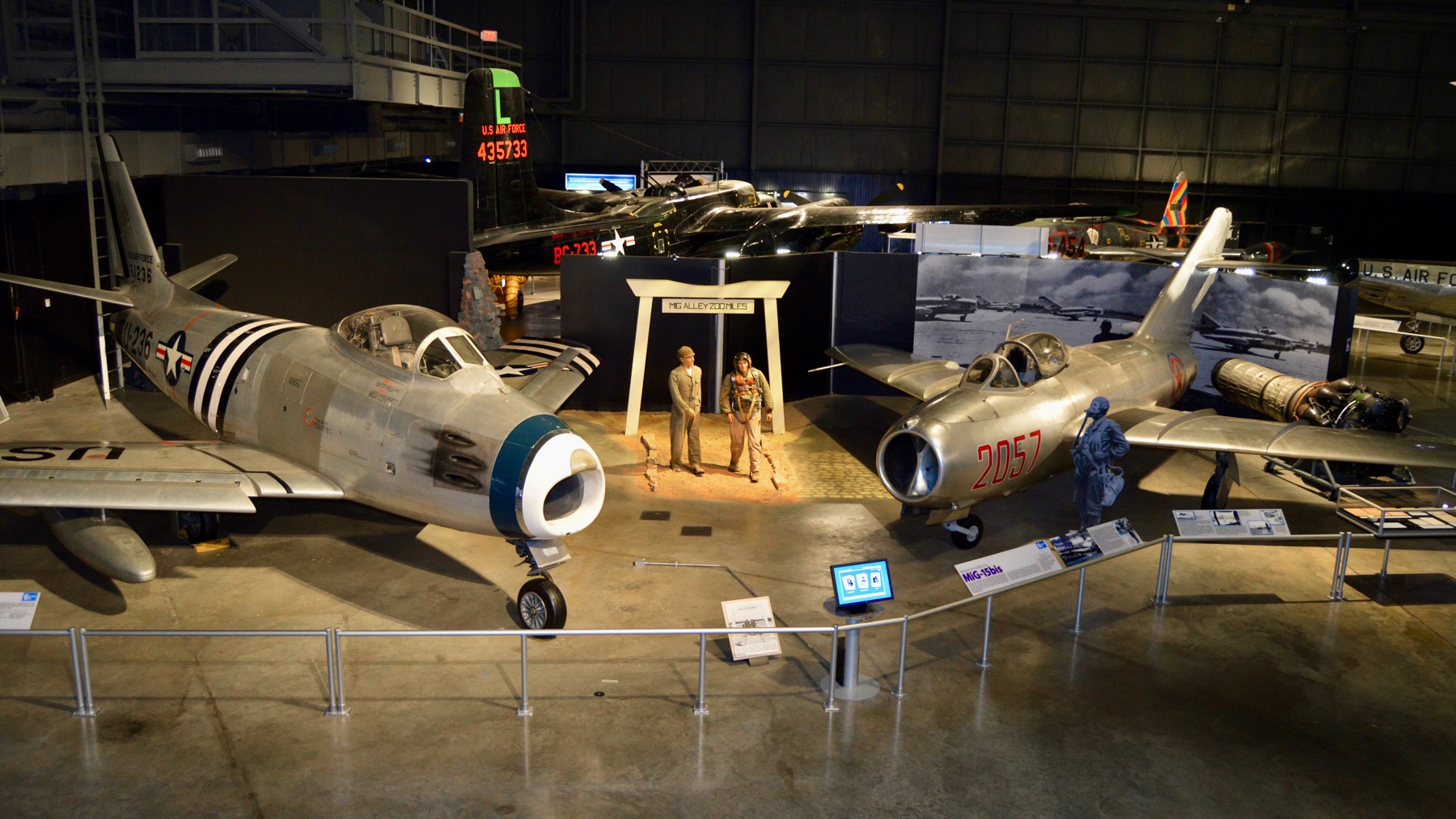
Unveiling Secrets
Authorities took extensive measures to conceal the involvement of Soviet pilots, including the adoption of Chinese uniforms and the prohibition of Russian in radio communications. Nonetheless, the rigors of combat inadvertently exposed their presence to American forces. This exposure illuminated the superior capabilities of select pilots on the communist side, who significantly outclassed their adversaries. These elite aviators, with “Casey Jones” at their forefront, quickly ascended to legendary status.
Sergey Kramarenko emerged as a standout among these Soviet aces. Known to Americans as Casey Jones, he made his mark with a distinctively painted red-nosed MiG-15, demonstrating unparalleled tactical prowess and bravery. A World War II veteran, Kramarenko leveraged his rich combat experience, undertaking solo sorties against enemy Sabres with remarkable precision and opportunism.
Clash of Titans
A significant engagement on June 17, 1951, between Kramarenko and three Sabres epitomized the intensity of aerial combat in MiG Alley. By choosing to engage a Sabre that had climbed, Kramarenko showcased his strategic ingenuity and quick decision-making. The battle concluded with the American pilot narrowly escaping, despite sustaining severe damage to his aircraft. Such incidents underscored the thin line between success and failure in these engagements.
The Korean air war proved exceedingly harsh and relentless. The conflict exacted a substantial toll, with 224 Sabres lost to 566 MiG-15s. Despite the greater losses, Soviet pilots demonstrated exceptional valor and skill, achieving a commendable kill ratio. Kramarenko’s miraculous survival after ejecting from his damaged MiG and his recognition as a Hero of the Soviet Union further cemented his legacy.
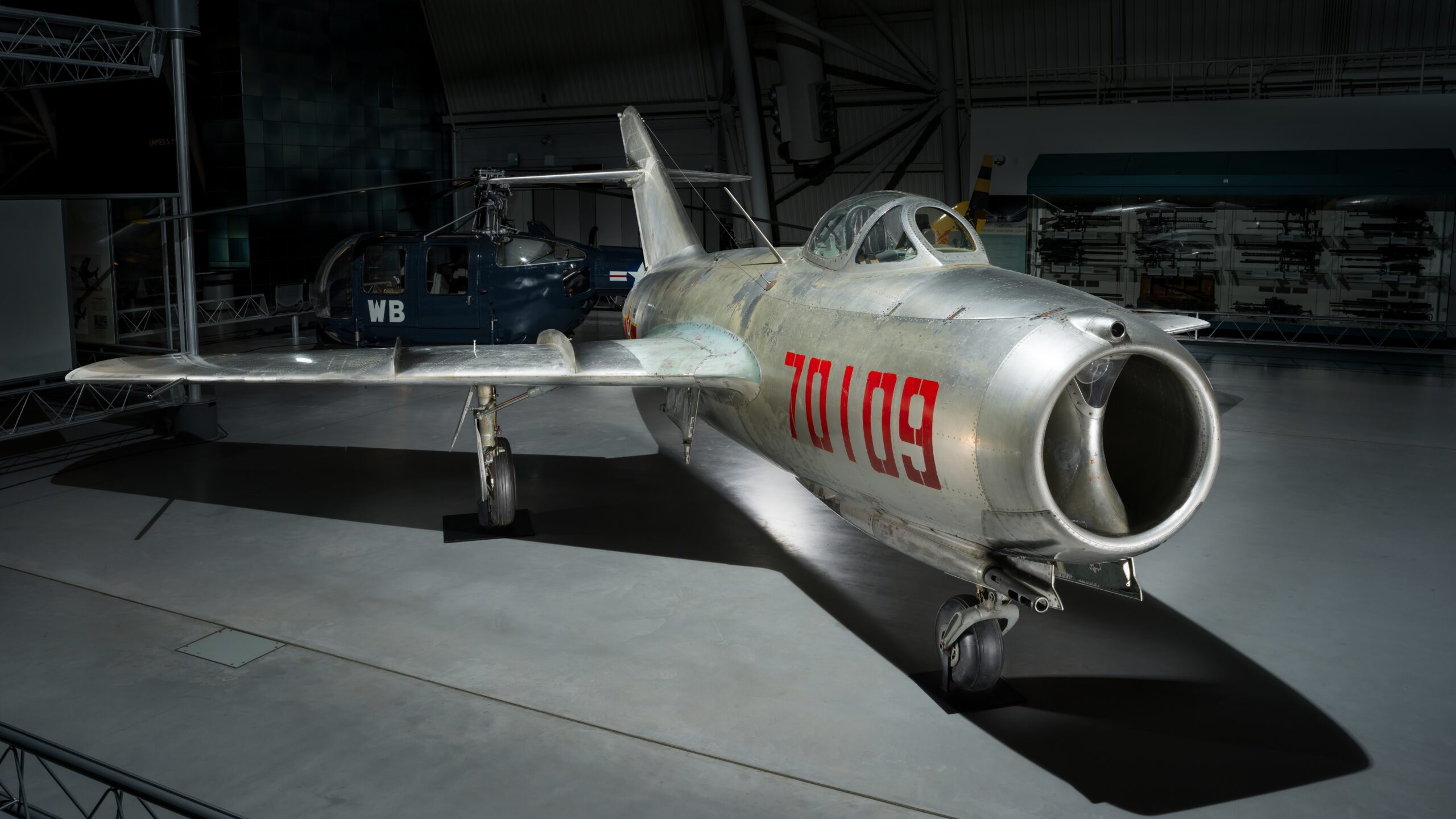
A Legacy of Bravery
The confrontations in MiG Alley indelibly marked military aviation history. Pilots like Sergey Kramarenko, whose daring and expertise elevated them to legendary status, embody the valor and skill characteristic of this pivotal Cold War chapter. The enduring legacy of these covert Soviet aces, who faced off against the formidable US Sabres, continues to inspire awe and respect, a tribute to the resilience of the human spirit amidst overwhelming adversity.
